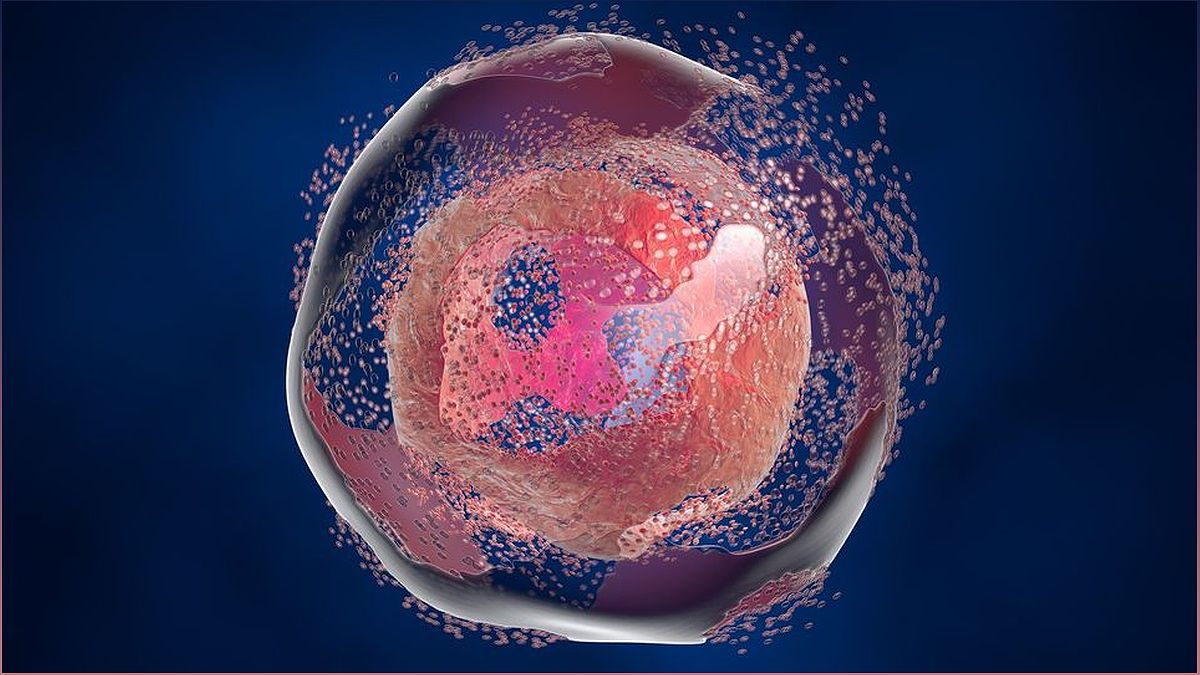Enhancers, the regulatory DNA sequences that control gene expression, have long been a puzzle in genetics. However, recent breakthroughs in genomics and artificial intelligence (AI) have allowed researchers to delve deeper into the second code of life. Dr. Jessica Williams, an experienced content writer and neuroscience enthusiast, explores the fascinating world of enhancers and how they shape our unique cellular functions. Join her on a journey through the latest research and discover how scientists are predicting enhancer activity, designing synthetic enhancers, and unlocking the secrets of gene regulation.
The Role of Enhancers in Gene Regulation
Enhancers are the hidden architects behind the scenes of our genetic makeup. These regulatory DNA sequences interact with a gene's promoter region to influence gene expression. They act as the 'switches' that turn genes on or off, contributing to the unique functions of different cells.
By studying enhancers, scientists can gain a deeper understanding of how our genes are regulated and how they contribute to various biological processes. Recent advancements in genomics and AI have provided new tools and insights to unravel the mysteries of enhancers and their impact on gene regulation.
Advances in Genomics and AI
The field of genomics has undergone significant advancements in recent years, allowing researchers to study DNA sequences on a genome-wide scale. This has provided a wealth of data that can be analyzed to identify enhancers and understand their functions.
Artificial intelligence, particularly deep learning and transfer learning models, has played a crucial role in predicting enhancer activity and designing synthetic enhancers. These powerful computational approaches have enabled researchers to make significant strides in deciphering the second code of life.
Predicting Enhancer Activity
Researchers have developed sophisticated deep learning models that can analyze DNA sequences and predict the activity of specific enhancers. By training these models on large datasets of genome-wide DNA sequences and corresponding DNA accessibility data, they can directly link DNA sequences to enhancer activity.
These models have shown remarkable accuracy in predicting enhancer activity across different tissues and cell types. This breakthrough has opened up new possibilities for understanding the complex regulatory mechanisms that govern gene expression.
Designing Synthetic Enhancers
One of the most exciting applications of AI in the study of enhancers is the ability to design synthetic enhancers from scratch. AI models can generate enhancers computationally, which can then be tested in living organisms.
This breakthrough in synthetic enhancer design not only validates the power of AI models but also opens up new possibilities for precise gene expression control. Synthetic enhancers can be designed to activate only in specific cell types or under certain conditions, offering potential therapeutic and diagnostic applications.
The Future of Gene Regulation Research
The ability to predict enhancer activity and design synthetic enhancers marks a significant milestone in gene regulation research. However, there is still much to explore and discover.
Scientists aim to delve deeper into tissue subtypes and individual cell types, unraveling the intricate gene regulatory networks during development and disease. This knowledge could revolutionize diagnostics and therapies by enabling precise gene expression control and understanding the impact of regulatory mutations.
As we continue to unlock the secrets of the second code of life, the possibilities for advancements in personalized medicine and targeted therapies are truly exciting.

